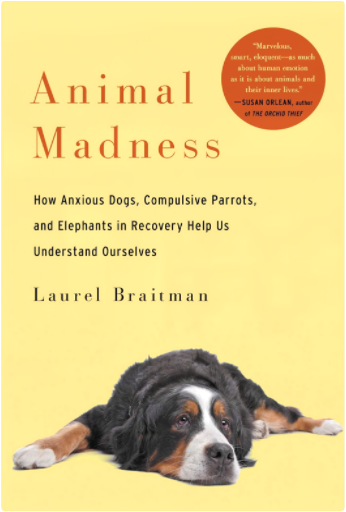 1451627009 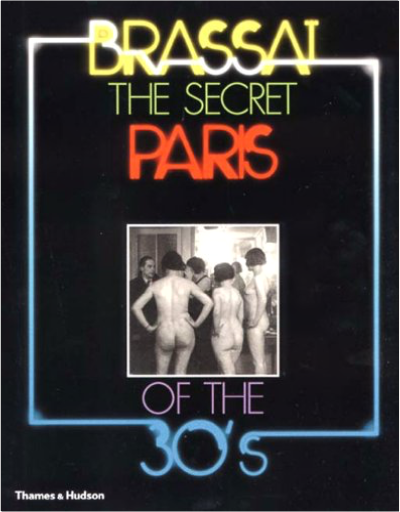 One of the most evocative photographic memoirs every published. It was known that Brassai had taken a series of 'secret photographs' which could not be published because of their daring nature - the forbidden Paris, a sordid bas-monde where high society mingled with the underworld. 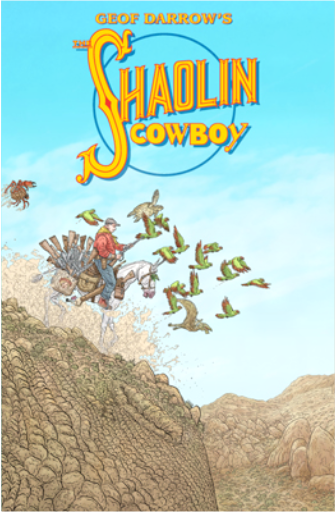 Ready for the HOLIDAYS! Over 200 pages! The COMPLETE BURLYMAN SERIES!  A famous biologist and scientist, Haeckel was also enormously influential in the art world, particularly the Art Nouveau and Surrealist movements, and his elaborate and mesmerising illustrations are the subject of continued interest by artists and designers. From his minutely detailed renderings of radiolarians and his vivid depictions of embryonic development to his softly colored landscapes of the Italian countryside, these vibrant reproductions of Haeckel's art works demonstrate a profound appreciation for nature's intrinsic design that will continue to inspire artists for generations to come. This volume also features numerous never before published works. One of the foremost scholars on Haeckel's work explores in this book his revolutionary and often contentious theories on evolution, as well as his contributions as a scientist and explorer. Haeckel's influence on modern art and culture is also highlighted in the introduction. Fusing scientific thought with philosophy and molecular structure with design, this richly illustrated profile of a revolutionary thinker and brilliant artist will delight Haeckel's ever-growing audience. 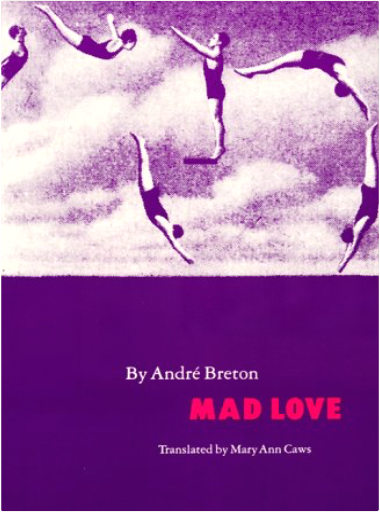 Mad Love has been acknowledged an undisputed classic of the surrealist movement since its first publication in France in 1937. Its adulation of love as both mystery and revelation places it in the most abiding of literary traditions, but its stormy history and technical difficulty have prevented it from being translated into English until now. |  B0000DT6ZR  Presenting the work of young British artists from the Saatchi Collection, this volume features work by over 40 of the most radical artists working in Britain in the 1990s. Essays analyse the phenomenon of the British art scene from the late 1980s, assessing the critical reaction of the work, placing it in its historical context, and revealing the startling achievements of these young artists in Britain and the role played by imaginative and courageous patronage. The book features the work of: Darren Almond; Richard Billingham; Glenn Brown; Simon Callery; Dinos and Jake Chapman; Adam Chodzko; Mat Collishaw; Keith Coventry; Pete Davies; Tracey Emin; Paul Finnegan; Mark Francis; Alex Hartley; Marcus Harvey; Mona Hatoum; Damien Hirst; Gary Hume; Michael Landy; Abigail Lane; Langlands and Bell; Sarah Lucas; Martin Maloney; Jason Martin; Alain Miller; Ron Mueck; Chris Ofili; Jonathan Parsons; Richard Patterson; Simon Patterson; Hadrian Pigott; Marc Quinn; Fiona Rae; James Reilly; Jenny Saville; Yinka Shonibare; Jane Simpson; Sam Taylor Wood; Gavin Turk; Mark Wallinger; Gillian Wearing; Rachel Whiteread; and Cerith Wyn Evans. 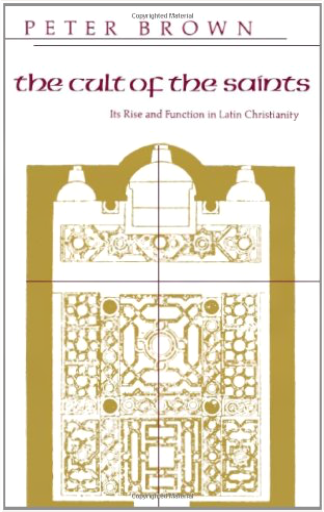 Following the fall of the Roman Empire in the West, the cult of the saints was the dominant form of religion in Christian Europe. In this elegantly written work, Peter Brown explores the role of tombs, shrines, relics, and pilgrimages connected with the sacred bodies of the saints. He shows how men and women living in harsh and sometimes barbaric times relied upon the merciful intercession of the holy dead to obtain justice, forgiveness, and to find new ways to accept their fellows. Challenging the common treatment of the cult as an outbreak of superstition among the lower classes, Brown demonstrates how this form of religiousity engaged the finest minds of the Church and elicited from members of the educated upper classes some of their most splendid achievements in poetry, literature, and the patronage of the arts. |

Morbid Anatomy Museum
Collection Total:
1,253 Items
1,253 Items
Last Updated:
Jan 26, 2016
Jan 26, 2016
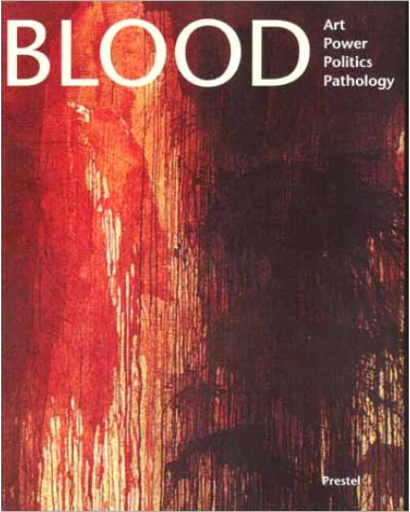


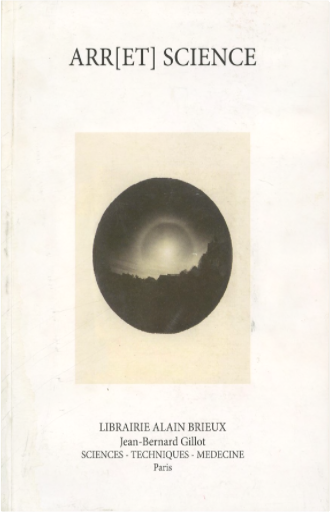
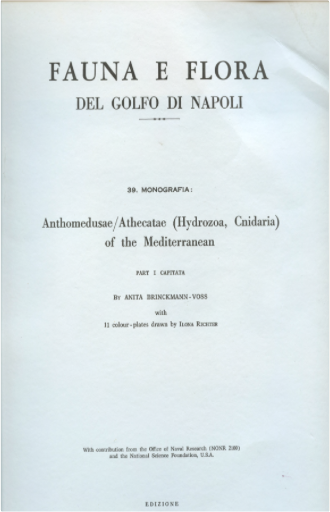
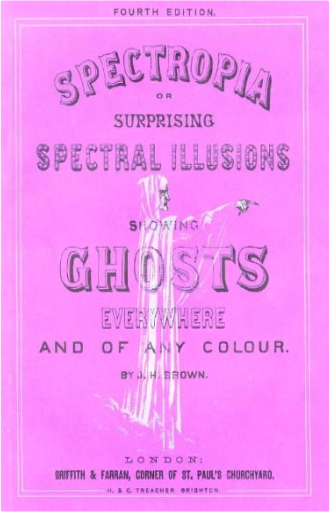
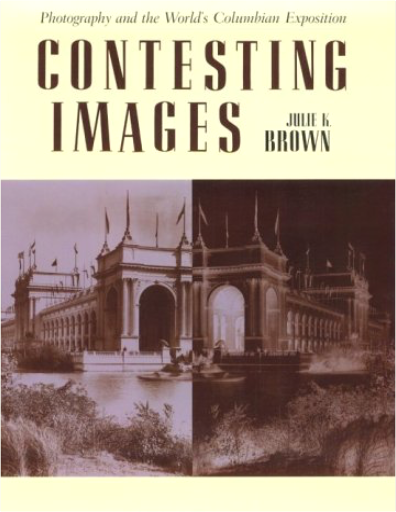
 Made with Delicious Library
Made with Delicious Library